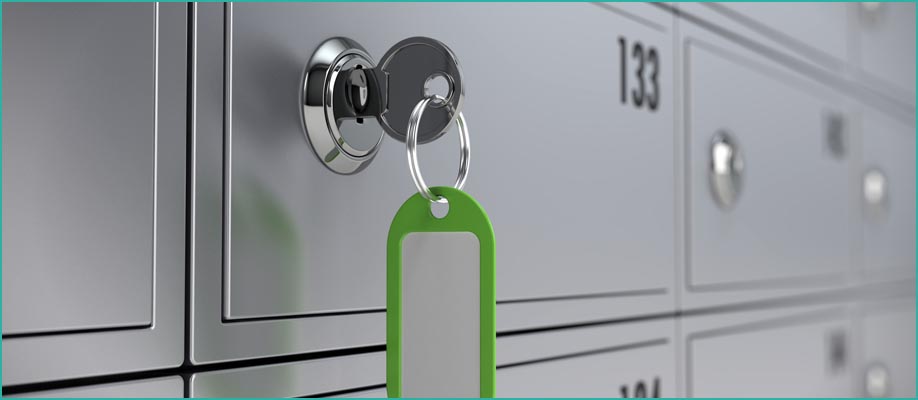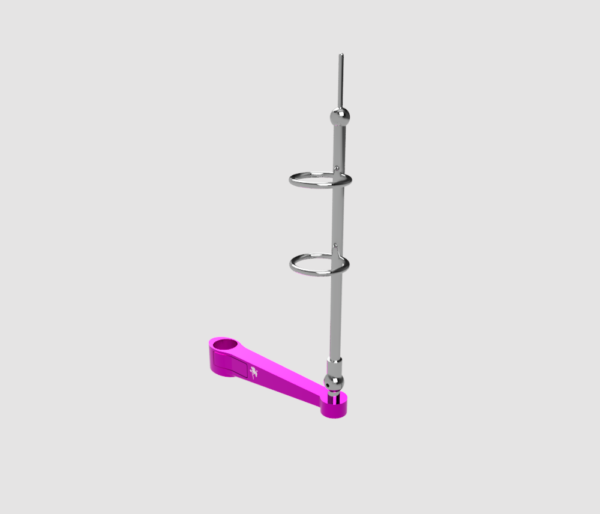Renting a home is a significant decision, both for landlords and tenants. To protect the interests of both parties, a home rent agreement is drafted. This legal document outlines the rights, responsibilities, and obligations of tenants and landlords, ensuring clarity and reducing the risk of disputes.
However, not all agreements are created equal. Some are too vague, leaving loopholes that may cause misunderstandings later, while others are overloaded with clauses that make the arrangement rigid and uncomfortable. Knowing the correct home rent agreement format—what to include and what to avoid—can save you from legal troubles, financial loss, and conflicts in the future.
In this article, we will break down the essential components of a rental agreement, common mistakes to avoid, a detailed comparison of standard vs. customized agreements, and practical tips to draft a reliable contract.
Why a Proper Rent Agreement Matters
A rent agreement is more than just a piece of paper—it is a legal safeguard.
- For landlords, it ensures timely rent payments, protects property from misuse, and defines the terms of tenancy.
- For tenants, it provides proof of residence, ensures security of tenure, and guarantees that landlords cannot exploit or evict them unfairly.
Without a properly formatted rent agreement, both parties remain vulnerable to disputes that may end up in court. Thus, drafting a well-structured contract is essential.
Key Components to Include in a Home Rent Agreement Format
When preparing a home rent agreement, it is crucial to include specific elements that legally bind the arrangement and protect both sides. Below are the must-have inclusions:
1. Details of Parties Involved
The agreement should clearly state the names, addresses, and contact details of both the landlord and the tenant. Identification proof details, such as passport, Aadhaar card, or driver’s license numbers, can also be mentioned to avoid impersonation or fraud.
2. Property Description
Specify the exact location and type of property being rented. This includes:
- Full address of the property
- Type of property (apartment, house, portion, etc.)
- Furnished or unfurnished status
- Parking, storage, or additional facilities included
3. Rent and Payment Terms
One of the most critical parts of the agreement is the rent structure. It should cover:
- Monthly rent amount
- Mode of payment (bank transfer, cheque, online payment, cash)
- Due date for rent payment
- Consequences of late payments (penalties, interest, or eviction)
4. Security Deposit
Mention the amount of deposit taken, the purpose (security against damage or non-payment), and the conditions under which it will be refunded. Clearly state whether deductions for repairs or unpaid dues are allowed.
5. Duration of Tenancy
The term of tenancy must be clearly defined:
- Start and end date of the agreement
- Renewal procedure (automatic or by mutual consent)
- Conditions under which either party can terminate the agreement
6. Maintenance and Repairs
Define responsibilities regarding property upkeep. Typically, minor repairs are handled by tenants, while major repairs (structural damage, plumbing, electrical systems) fall under the landlord’s responsibility. This section avoids confusion during emergencies.
7. Utility Bills and Charges
Mention who is responsible for electricity, water, internet, and gas bills. This prevents disputes when bills arrive.
8. Restrictions and Prohibited Activities
If the landlord does not allow subletting, commercial use, pets, or structural changes, these should be explicitly stated in the agreement.
9. Termination and Eviction Clauses
Conditions under which the landlord can evict the tenant (non-payment, illegal activity, misuse of property) and the notice period for termination must be clearly mentioned.
10. Legal Jurisdiction
Specify the jurisdiction or city court under which disputes will be resolved, ensuring both parties know the legal framework governing the agreement.
Common Mistakes to Avoid in a Rent Agreement
Just as it is important to include key details, it is equally important to avoid errors that can make the agreement weak or risky.
1. Vague Rent Terms
Failing to specify due dates, penalties, or modes of payment can lead to misuse and delays. Always be precise.
2. Ignoring Security Deposit Terms
Many disputes arise because landlords and tenants disagree over deposit refunds. Avoid this by writing clear conditions in the agreement.
3. No Maintenance Clauses
If maintenance responsibilities are not clearly defined, tenants may refuse repairs, or landlords may unfairly pass costs onto tenants.
4. Unclear Termination Rules
Agreements without termination clauses make eviction or moving out complicated. Both parties should know the notice period required.
5. Overloaded Clauses
Sometimes, landlords add too many restrictions, making tenants uncomfortable. A balanced agreement is always better than an overly strict one.
6. Not Registering the Agreement
In many regions, unregistered agreements are not legally enforceable. Always get the agreement registered with the local sub-registrar’s office for validity.
Comparison Table: Standard vs. Customized Rent Agreement
| Feature | Standard Rent Agreement | Customized Rent Agreement |
| Duration | Fixed (usually 11 months) | Flexible as per need |
| Rent & Payment Terms | Basic, not detailed | Clearly defined with penalties |
| Security Deposit | Generic mention | Specific refund rules included |
| Maintenance Clauses | Often missing | Clearly assigns responsibilities |
| Restrictions | Minimal | Can include tailored clauses |
| Termination & Renewal | Simple, sometimes vague | Detailed with notice period |
| Legal Strength | Limited protection | Strong legal backing |
Analysis of the Table
The table highlights the stark differences between a standard and a customized home rent agreement. A standard agreement usually follows a template and provides basic terms, but it may lack clarity on crucial issues like maintenance, deposit refund, or penalties. On the other hand, a customized rent agreement addresses all potential disputes by tailoring the clauses to the specific arrangement.
While standard agreements are quicker to draft, customized ones are far more reliable in the long term. For those renting properties in competitive urban areas, a customized agreement is the smarter choice.
Practical Tips for Drafting the Best Rent Agreement
- Use Clear, Simple Language – Avoid legal jargon that may confuse tenants or landlords.
- Be Transparent About Money – Mention exact rent, payment dates, deposit conditions, and refund policies.
- Balance Interests – Avoid one-sided clauses that favor only landlords or only tenants.
- Register the Agreement – Registration provides legal validity and prevents disputes.
- Review Annually – Update rent, maintenance charges, or renewal conditions as per current laws and market conditions.
- Seek Legal Guidance – For complex agreements, consult a property lawyer to avoid loopholes.
Frequently Asked Questions (FAQs)
1. Is a home rent agreement legally binding without registration?
In many jurisdictions, an unregistered rent agreement may not hold up in court. It is always recommended to register the document with the appropriate local authority for full legal protection.
2. What is the ideal duration for a rent agreement?
Most residential rent agreements are made for 11 months to avoid certain legal formalities. However, longer terms can be drafted if both parties agree.
3. How much security deposit is normal?
The deposit amount varies by city and property type. In some regions, it is 2–3 months’ rent, while in others, it can go up to 6–10 months. Always mention the refund conditions clearly.
4. Can a tenant sublet the property without permission?
Unless the rent agreement specifically allows subletting, tenants cannot legally rent out the property to others. Doing so without consent may lead to eviction.
5. Who pays for major repairs—the landlord or tenant?
Typically, tenants cover minor repairs, while landlords are responsible for major structural or system repairs (like plumbing, wiring, or roof issues). A well-written rent agreement must clarify this.
6. Can a landlord increase rent during the agreement period?
Rent cannot be increased during the fixed agreement period unless a clause permits it. In most cases, rent hikes apply only upon renewal.
Conclusion
A home rent agreement format is not just a formality—it is the foundation of a safe and transparent rental relationship. By including essential elements such as rent terms, deposit conditions, and maintenance responsibilities, and by avoiding vague or one-sided clauses, landlords and tenants can enjoy a stress-free arrangement.
Whether you opt for a standard or a customized agreement, always remember that clarity, balance, and legal validity are key. With the right format, you not only protect your financial interests but also build trust and security in your rental journey.
Take the time today to draft a proper rent agreement—because prevention is always better than resolving disputes later.

